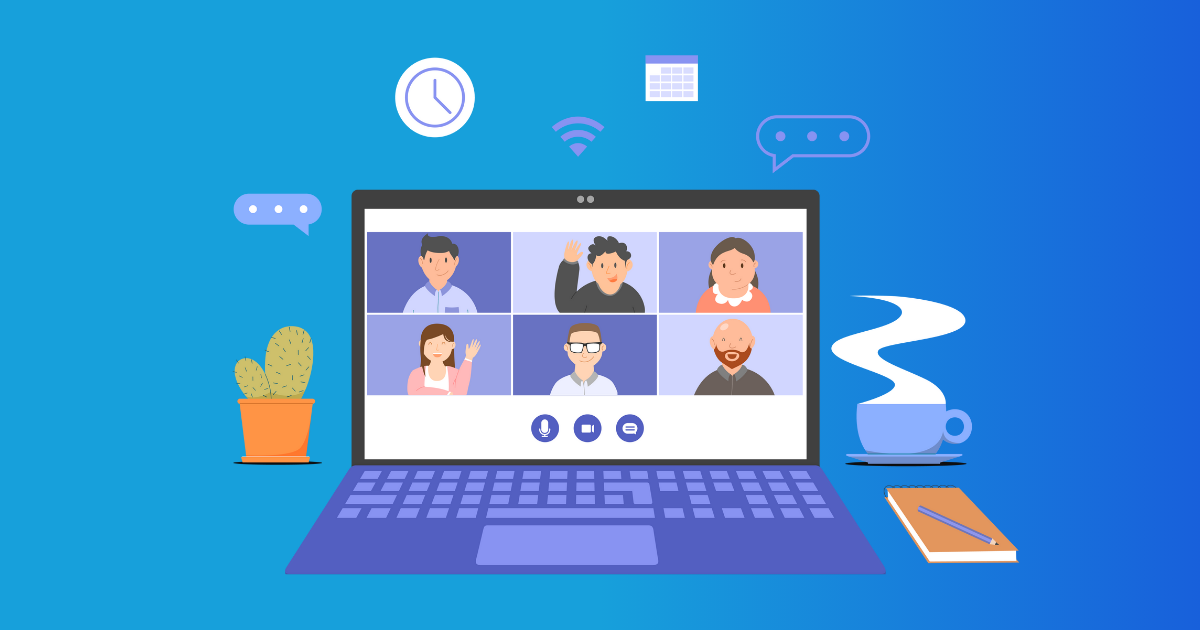Want to step up your Android app game with some killer video conferencing features? Building a custom app with the Jitsi SDK might just be what you need. It’s like giving your app a turbo boost for high-quality video chats. Let’s roll through how you can harness the power of Jitsi Android SDK, customize as per your whim, and skate through the development journey effortlessly.
Why Opt for Jitsi SDK on Android?
Jitsi SDK is a rock-solid choice for devs keen on injecting video magic into their Android apps. It’s open source—score—so you can tweak it until it fits just right. Plus, it’s as stable as it gets, so you won’t have to worry about hiccups.
And hey, privacy geeks rejoice! Jitsi ensures your chats are locked tight with end-to-end encryption. Vital if your app’s dealing with sensitive stuff. It gels well with WebRTC too, so mixing it up with other web tech is a breeze.
Using Jitsi lets you whip up a tailor-made Jitsi meet app that’s all about boosting user love and making interactions seamless. Great for everything from telehealth to team collabs.
Getting Your Development Space Ready
Before you dive in, let’s make sure your setup is robust and ready to rock. Grab the freshest version of Android Studio. Here’s how to kick things off:
- Download Android Studio: Snag it from the official site if you haven’t.
- Install Java Development Kit (JDK): You gotta have this. Download it from Oracle.
- Fetch the Jitsi SDK: Clone the Jitsi Android SDK repo from Github.
- Set Up Your Project: Go ahead and start a fresh Android project in Android Studio, then line up the needed dependencies.
Now your workspace is primed and ready for both Android and iOS development.
Getting the Jitsi SDK Rolling
Now that your space is set, let’s get the Jitsi SDK working within your app. Follow these steps to make it happen:
-
Set the Permissions: In
AndroidManifest.xml, make sure to grant permissions for the camera and mic.<uses-permission android:name="android.permission.CAMERA" /> <uses-permission android:name="android.permission.RECORD_AUDIO" /> -
Add Dependencies: Include the Jitsi SDK dependency in your
build.gradle.implementation 'org.jitsi.react:jitsi-meet-sdk:latest' -
Initialize the SDK: Get the JitsiMeet SDK up and running in your activity.
JitsiMeet.initialize(this); -
Hop into a Conference: Use this quick snippet to jump into a video call:
JitsiMeetConferenceOptions options = new JitsiMeetConferenceOptions.Builder() .setRoom("your-room-name") .build(); JitsiMeetActivity.launch(this, options);
With these steps, the SDK is now a part of your project, allowing folks to join video calls like a pro.
Making the UI and Features Uniquely Yours
Sprucing up the user interface is key to making it feel like yours. Jitsi’s SDK gives you some leeway here.
- Tailor the Welcome Page: Play around with the colors and logos.
- Tinker with the Layout: Alter the video feed layout of participants.
- Integrate Extra Features: Add stuff like chat, recording, or screen sharing based on what your app needs.
For all the customization goodness, play with JitsiMeetUserInfo to set user names and avatars, crafting a personalized user experience.
Testing and Debugging Your Creation
Getting your app up to snuff requires testing. Run unit tests and try it out on different gadgets. Jitsi offers logging to help you troubleshoot snags. To snag logs during a call, go for:
JitsiMeet.setLogLevel(Log.INFO);Using tools like Android’s Logcat will help you keep an eye on how your app behaves during testing.
In Conclusion
By crafting a custom video app with the Jitsi SDK, you’re setting the stage for an app that nails it in terms of communication tools. Follow these steps, and you’ll cook up an Android app that your users will love, neatly bolting it onto other tech too.
Need an extra hand or wanna dive into even more features? Feel free to tap into community forums or give the Jitsi docs a look.
Using the Jitsi SDK sets you up with a strong base for building video experiences that are both engaging and secure.
Got questions or need guidance on your project? Let’s chat and find solutions tailored just for you.
FAQ
The Jitsi Android SDK helps developers add video conferencing features to Android apps.
Incorporating the Jitsi SDK boosts user engagement by enabling dependable video communication in your app.
Jitsi SDK is robust but watch out for customization limits and network challenges.
Absolutely, you can tweak the UI to align with your brand's aesthetics.
You'll need Android Studio, Java Development Kit (JDK), and the Jitsi SDK package.


